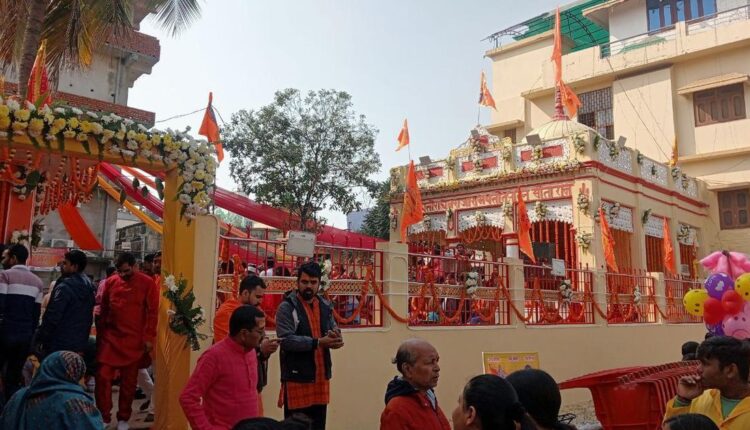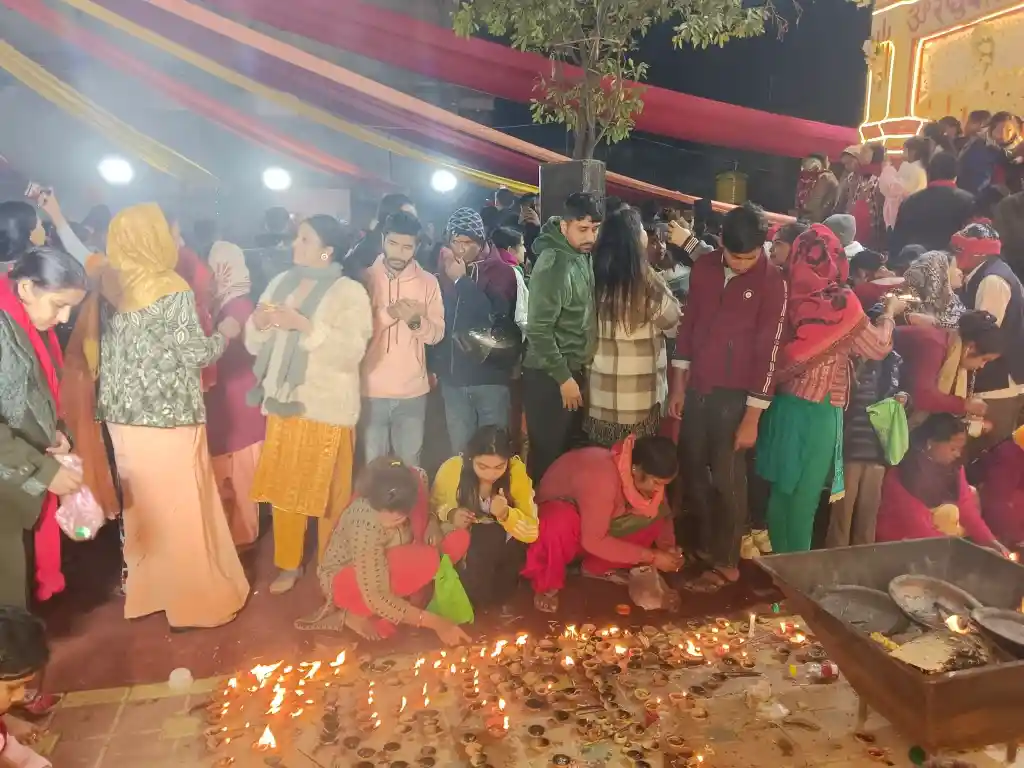
View from Kathmandu: How Nepalis celebrated the Ram temple consecration
This story first appeared in Scroll.in
Many attended rituals at local temples, with the biggest celebrations taking place at the Ram Janaki Mandir in Janakpur, believed to be Sita’s birthplace.
Preceding India’s Republic Day on January 26, the Ram temple in Ayodhya was inaugurated on January 22 in a theatrical ceremony with Prime Minister Narendra Modi in attendance.
The “pran pratishtha”, or consecration, of an idol of Ram demonstrated the “reclaiming” of the land at Ayodhya to build what is being portrayed as India’s “national temple”, further tarnishing the country’s image as the world’s largest democracy.
Hindus around the world, including in Nepal, watched and participated in this ostentatious inauguration.
On the day of the consecration, Nepalis around the country were glued to the live broadcasts run by Indian and Nepali television channels. Formerly the only Hindu country on earth, Nepal has been a federal republic since 2008. Like India, its secular Constitution respects all religions.
In Nepal, many attended rituals at their local temples, with the biggest celebrations taking place at the decorated Ram Janaki Mandir in Janakpur. This city in eastern Nepal is believed to be the birthplace of Sita, Ram’s wife, and the incarnation of Vishnu’s consort Laxmi.
Devotees believe that Ayodhya was the birthplace of Ram, an incarnation of Vishnu, one of the Hindu trinity of gods. According to Hindu belief, Vishnu descended to earth as Ram to combat evil during the “Treta Yug”, the third world age.
Some Nepali political and religious leaders along with devotees travelled to Ayodhya for the event. As the city of Ram’s “in-laws”, Janakpur sent offerings to Ayodhya, upholding the tradition of a bride’s family sending gifts to the groom’s household. These offerings, locally known as Bhaar, included jewellery, food, and clothes, and were ceremoniously carried to Ayodhya from Janakpur.
Devotees in Janakpur and elsewhere in Nepal as well as the plains bordering India, like the industrial town of Birgunj, held celebrations on January 22.
The Janaki Sena, a Hindu youth group in Janakpur, collected donations in the form of oil, cotton wicks, clay pots for the 2,50,000 lamps they lit in Janakpur during the consecration. For this, they collected around 2,500 litres of mustard oil.
Devotees in India had collected a thousand tonnes of sand from different “shaktipeethas”, sacred religious sites, around the country as well as Nepal to light what is being called the world’s “largest diya”.
This earthen diya, also known as Dashrath Deepak, has a circumference of 100 metres and it took several oil tankers to burn the wick, which was made of many quintals of cotton.

Voices of protest, political push
However, voices of protest objected to the consecration being used to further the Hindutva agenda of the ruling Bharatiya Janata Party government ahead of the general elections in India.
The ceremony was led by Modi, who will seek a third term in office this year. He was accompanied by officials of the BJP and leaders of the Rashtriya Swayamsevak Sangh, the ruling party’s ideological fountainhead, and other Hindu leaders.
A joint statement on the day of the inauguration by 22 Indian diaspora organisations said the ceremony had set a “dangerous precedent” and signalled that India was on the brink of implementing the Rashtriya Swayamsevak Sangh’s goal of establishing a “Hindu rashtra”.
There had also been objections to the consecration ceremony being held before the construction of the temple was completed. The four shankaracharyas or pontiffs of major Hindu shrines,refused to participate in the ceremony.
Modi leading the inauguration has obliterated the “principled distance” between the state and religion, as set out in India’s foundation as a secular country.
There are also concerns that this may bolster the Hindutva push to dispute the religious and legal validity of Muslim religious sites – like in Varanasi and Mathura.
The Indian Supreme Court’s 2019 verdict had criticised the demolition of the Babri Masjid calling it a “criminal act”, but still handed over the disputed land to the Hindu parties to build the Ram temple.
Though celebrities, political leaders and thousands of ordinary people had joined the consecration ceremony, some were conspicuous by their absence, like 96-year-old BJP veteran LK Advani and Murli Manohar Joshi, besides India’s main opposition leaders.
Advani had spearheaded the Ram Janmabhoomi movement in the 1990s with the rath yatra that culminated with the demolition of the Babri Masjid on December 6, 1992.
Under Modi’s leadership the BJP has, 32 years later, realised a long-held Hindutva dream. But the way this was done raises questions about whether Hindus have been spiritually awakened and also what it means for India as an avowedly secular, democratic country.
